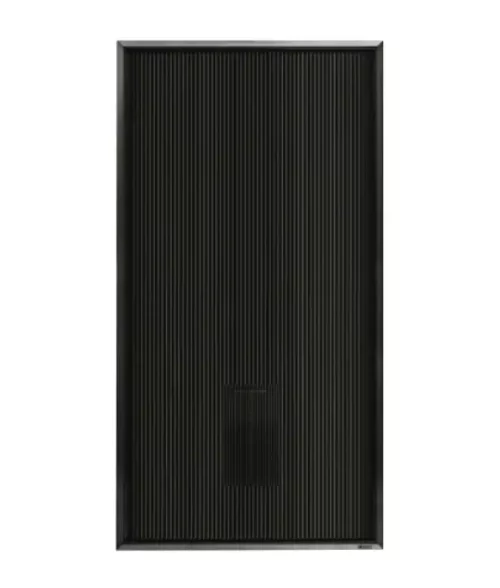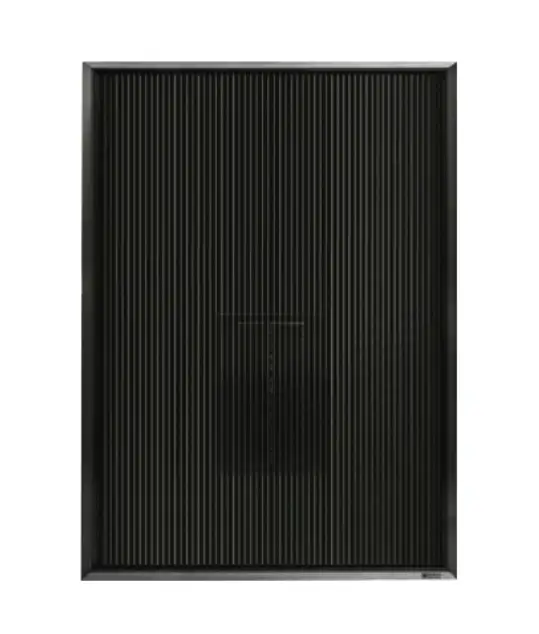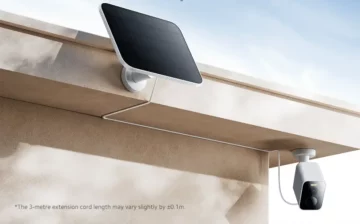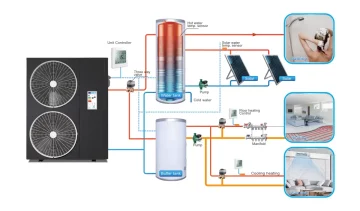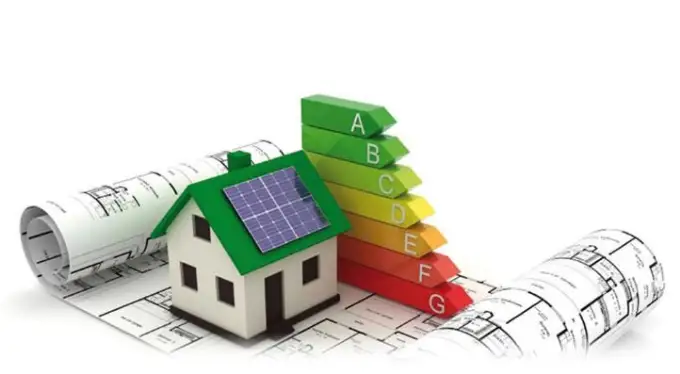Humidity: how to measure and how to regulate
The concept of “humidity”
Air humidity is the total amount of water vapor in the air in a particular room (or atmosphere, globally speaking). She happens:
- absolute – this value is constantly changing;
- relative – this indicator is familiar to us from weather forecasts, it indicates what percentage of moisture is missing in the atmosphere before it begins to condense on surfaces.
This indicator is influenced by: the location of the premises, its purpose, the nature of the property stored in it, and climatic and weather conditions. Measurement of air humidity is carried out based on the nature of the room.
There are several types of humidity measurement devices. We will focus on two: professional and household.
Measurement of air humidity at home
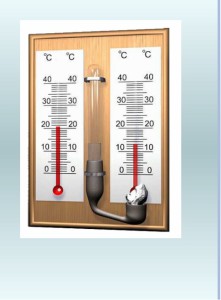
The simplest household methods for measuring humidity include:
- a glass of water. The principle of operation is simple: after filling a glass with water, put it in the refrigerator for several hours so that the liquid cools down to almost zero, but does not freeze, then we bring it into the room of interest to us.
a)if the air is dry, the walls of the glass are fogged up, and after that, they are almost dry;
b)air with an average humidity: the glass fogged up, and after 10-12 minutes the condensate evaporated;
in)high humidity – drops of water flow down the walls of the glass.
By the way, with the same success, you can use an ordinary plastic bottle filled with cold water.
- Thermometer. According to the principle of operation, the method is quite close to professional humidity meters. We measure the temperature in the room with an ordinary mercury thermometer and write down the obtained value, after which we wrap the head of the thermometer with wet gauze (cotton wool), and after 10-12 minutes we fix a new indicator. The resulting temperature difference will be the average humidity percentage.
Professional humidity measuring devices
If we talk about professional devices for measuring indoor humidity, then these include:
- thermohygometers;
- psychrometers.
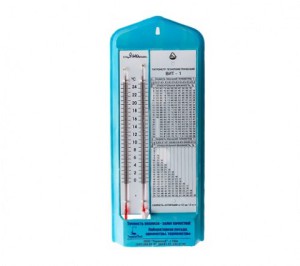
Hygrometers measure humidity, and Thermo hygrometers are a more complex instrument that also measures temperature. They are:
- Hair: Measuring devices based on synthetic “hair” that changes length depending on humidity. One end is attached to the spring, the other – to the dial hand, which makes it possible to read the slightest changes in indicators. Such a device is quite accurate and easy to use.
- Film: an organic film changes its physical properties depending on air humidity: it shrinks when it decreases, and stretches when it increases. The values are displayed on the dial. Hygrometers are used in rooms with low temperatures.
Psychrometers are the most accurate devices for measuring humidity. Consists of two thermometers. One dry, fixes the temperature of the air. The second is immersed in a tank of water to indicate the temperature of the wet environment. The resulting difference will be the desired humidity in the room.
When measuring humidity in an apartment or house, it should be borne in mind that operating air conditioners, heating, ventilation, and hoods reduce the overall indicator, and increase its presence in the room with open aquariums, decorative fountains, a large number of plants, or regular wet cleaning.
How to make the humidity indicator comfortable
The optimal level of air humidity in residential premises is 65%, regardless of the season. The lower limit of the indicator is 30-40%. For other premises of garages, baths, saunas, greenhouses, production workshops and warehouses, indicators are regulated by building codes and regulations.
If the indicators are below the norm, special humidifiers are installed. But practice shows that the problem is not low, but high humidity. It is familiar to summer residents, owners of garages and cellars, and owners of baths – dampness provokes the development of mold colonies, the appearance of wet spots, soaking finishes, and rotting of load-bearing structures and ceilings.
In European countries – Germany, Spain, France – since the 80s of the XX century, solar collectors have been used to reduce humidity. The devices warm up and ventilate the premises every time they are exposed to the sun’s rays. In Russia, such devices appeared in 2014.
Solar Fox invented, tested and launched on the market an analog of European devices – an air solar collector. It has all the advantages of foreign equipment:
- guaranteed to eliminate moisture and dampness;
- easy to install;
- environmentally friendly;
- universal;
- works in any climatic and geographical zone;
- saves money on ventilation and protects the building.
But besides, Solar Fox equipment is cheaper than European ones.
Go to the catalog of solar collectors

